2 Governance
2.1 Interim Board
The first thing an organisation needs is an interim board to take on the work described in the rest of this manual. There will be many decisions to make at the start and it will be easier to do so with a smaller team of 5-10 dedicated people. No matter how democratic you want an organisation to be, most members won’t have the bandwidth to weigh in on every decision.
Set up a specific list of tasks that the interim board needs to handle over a specific time period, ending with the election of your replacements. Here are some ideas:
- Official name and logo Section 2.2
- Track membership Section 2.3
- Working practices Section 2.4
- Authorship policy Section 2.5
- Code of conduct Section 2.6
- Set up communication channels Chapter 3
- Set up social media Section 3.3
- Set up tools for collaboration Chapter 4
- Set up a website Chapter 5
2.2 Name and Logo
Give some thought to the official name. Make sure it’s unique, has a good acronym or abbreviation, and doesn’t have negative connotations in other languages. ManyXXXX is a popular name style that signals your group has similar purpose, values and structure to groups like ManyBabies, ManyFaces, EEGManyLabs, ManyAnalysts, ManyPrimates, ManyDogs, ManyBirds, ManyGoats, ManyFishes, etc. You also want this name to be available at all of the social media (Section 3.3) and tools (Chapter 4) services you will sign up to, and to have an available domain name for a website (Section 5.5).
Also make sure you have a good logo. You will need a square/circle logo for your avatar on most social media sites, and also a banner-style image for some. A good logo is distinctive, clear at small sizes and doesn’t have too much text. Several silhouettes of what you are studying seems to be a popular choice.
Make the logo using a non-lossy format like PNG and use a transparent background (unless your logo is actually square). Also check what your logo looks like on dark and light backgrounds (toggle this page at the upper left to see the logos below on light and dark backgrounds).

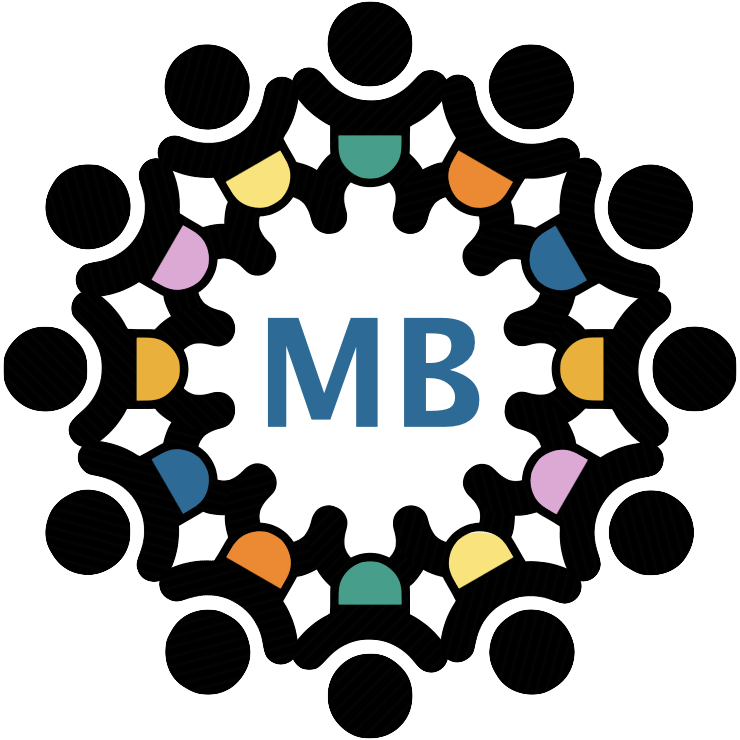
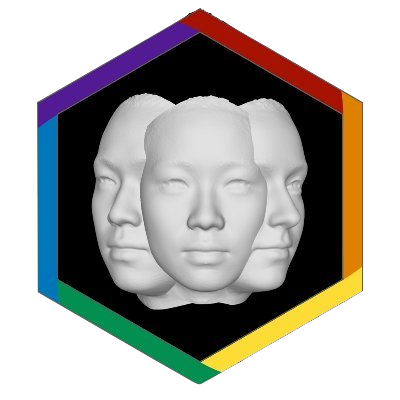

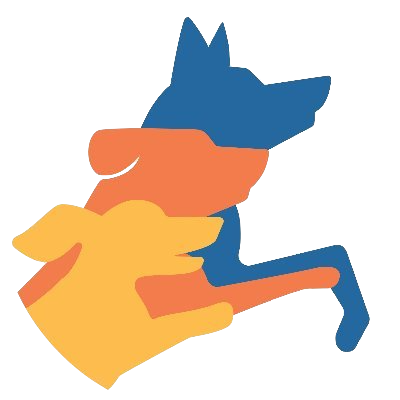
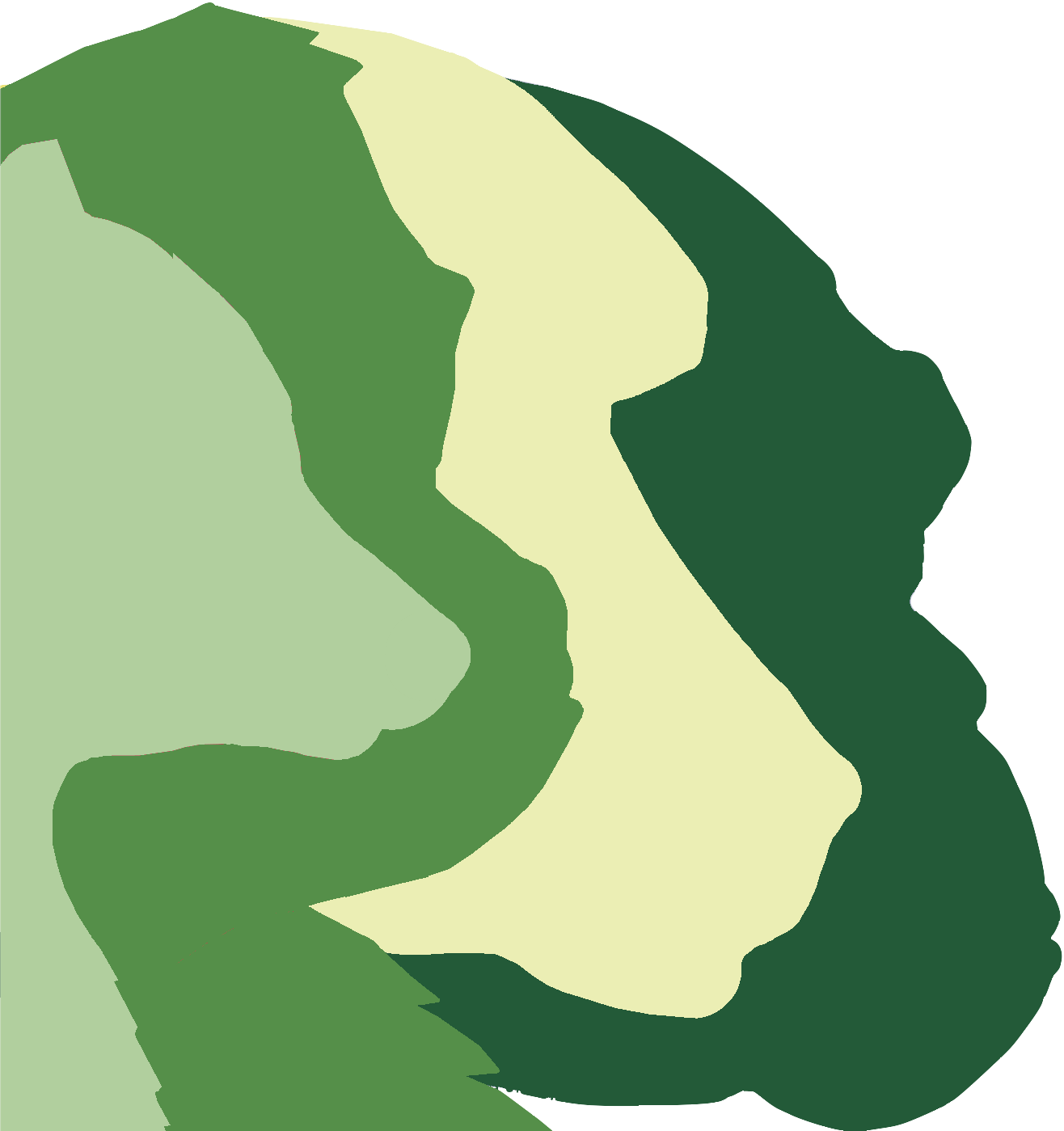
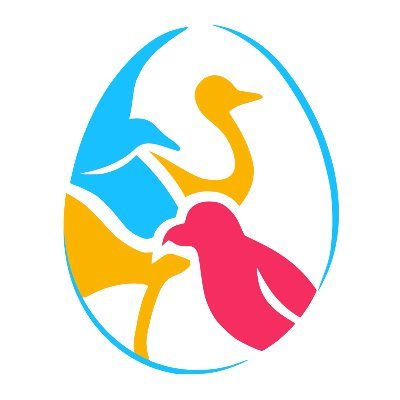
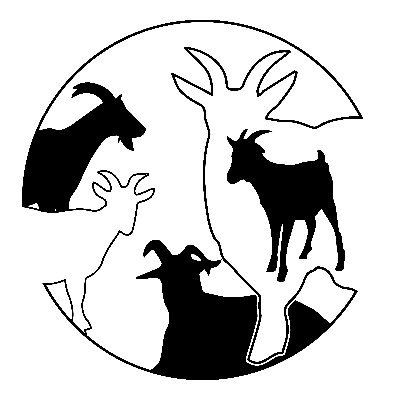
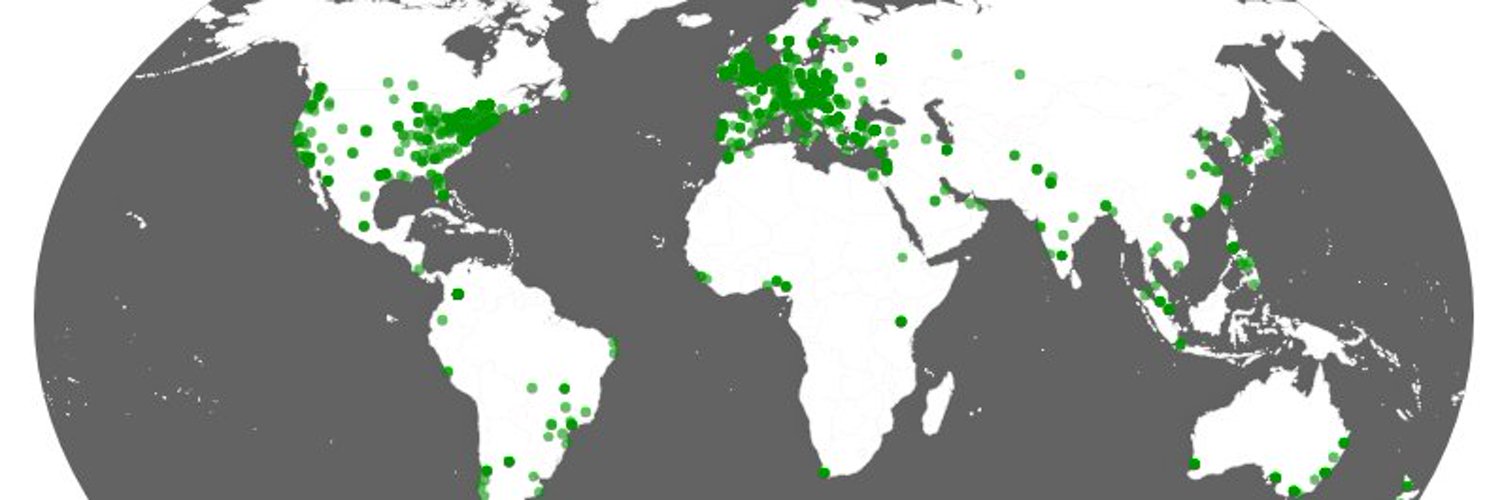
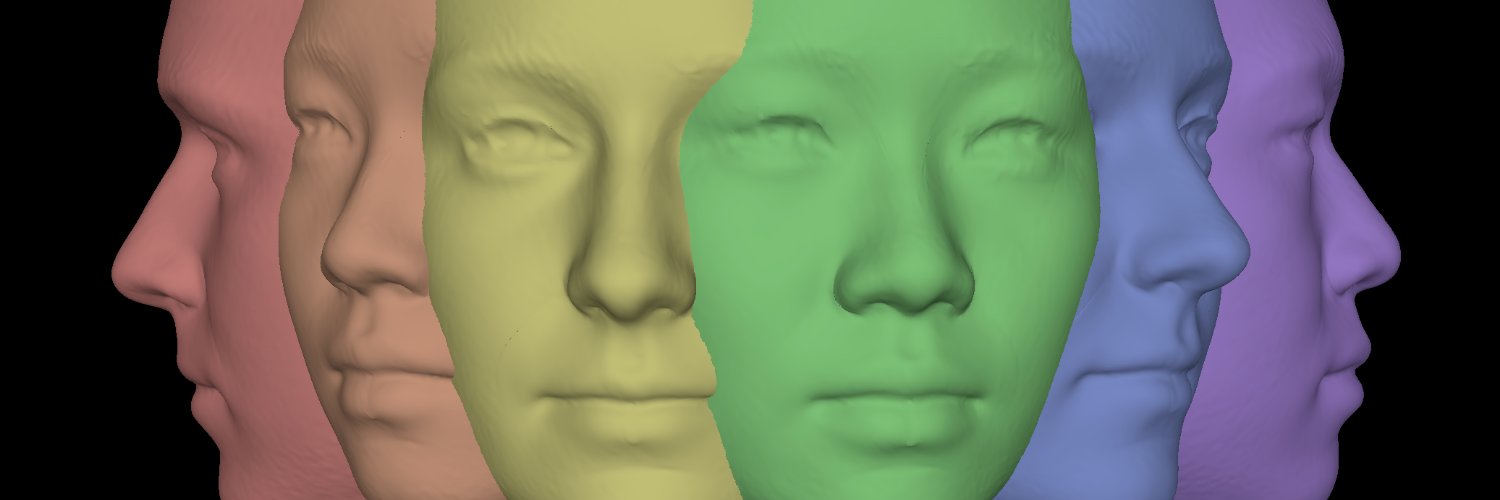
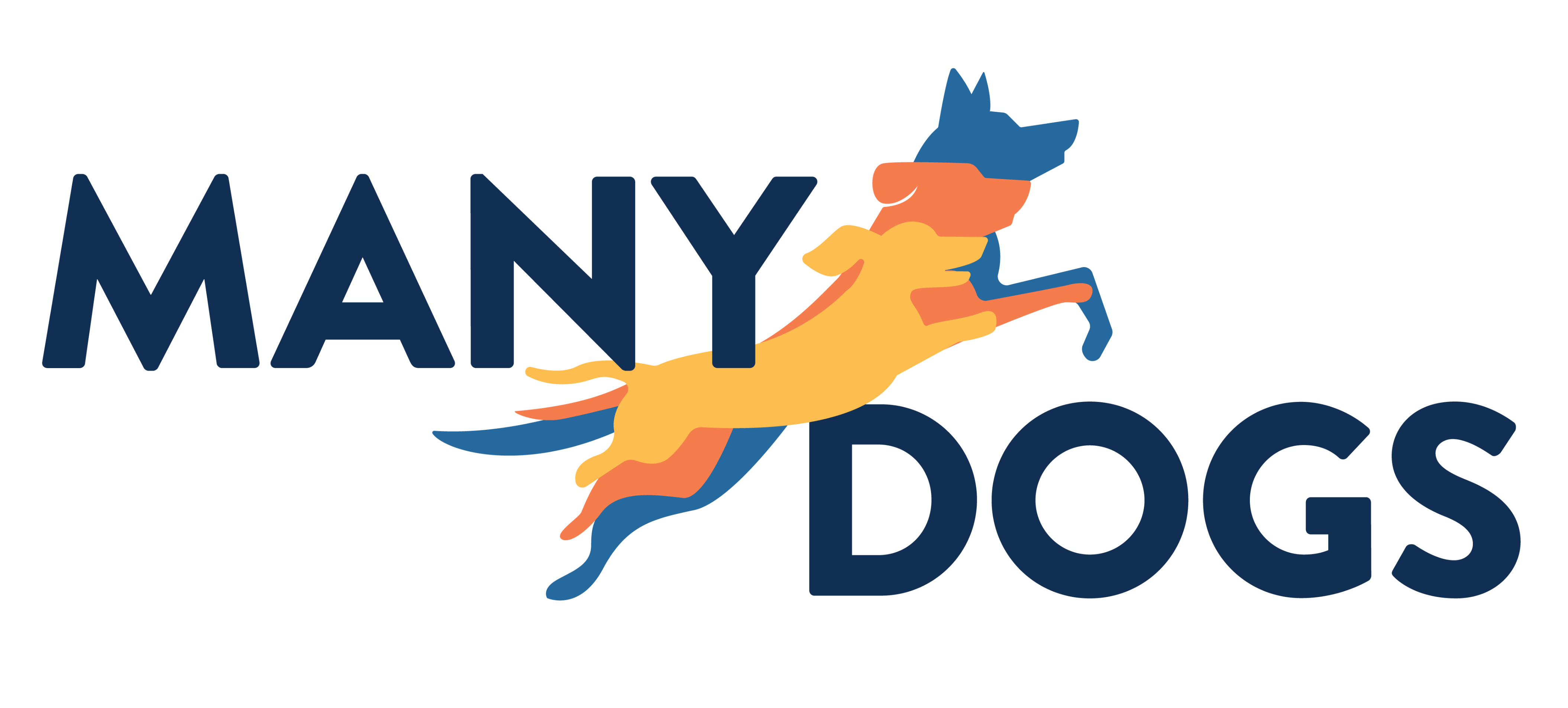
2.3 Track Membership
How will you keep track of members? A new organisation probably won’t be collecting dues, but you’ll want some way to know who is involved. Inevitably, you’ll want to write something like “We have 1350 members from 82 countries around the world!” or make a map of your membership, so you need a way to keep track.
The interest registration form (Section 1.1) can serve as the initial membership list, but you probably want more information from the members, such as their areas of expertise, resources they can contribute, and tasks they are willing to take on. ManyBabies has a very cool membership tracker shiny app that shows their membership around the world.
Think about how you’ll keep track of active versus inactive members. You can make membership last forever (at least until a removal request). The main advantage of this strategy is that your membership numbers will only increase. However, you’ll have to deal with more bounced emails every year and it is difficult to know who is active for planning and capacity purposes. Alternatively, you can make membership for a set amount of time, like a year, and require members to re-join every year. This can give you a more accurate view of your membership, but risks losing people who just forgot to re-join and is an extra yearly hassle for everyone.
2.4 Working Practices
Look at some other big team science organisations and figure out what model you want to use for deciding what projects to pursue. If your group is formed around an already well-articulated project, you can skip this step.
For example, the Psychological Science Accelerator has formal study selection calls where applications for projects are submitted and then assessed by reviewers and the full membership before the study selection committee chooses the projects that can be run, given the current capacity of the network.
ManyBabies uses a formal project proposal form, but does not have specific calls with deadlines. ManyFaces currently has a much less formal process where work projects are proposed in a discussion channel and, once the proposer deems there is enough interest, a working group is formed.
2.6 Code of Conduct
A code of conduct sets out the values, norms, and responsibilities of membership in a clear way. Whilst a code of conduct itself doesn’t prevent bad behaviour, it is a first step to signalling your organisation’s values.
A code of conduct should include (adapted from How to Respond to Code of Conduct Reports):
- A short statement describing the goal of the code of conduct
- A list of unacceptable behaviors
- A description of where the code of conduct applies
- A list of potential consequences for violating the code of conduct
- Detailed, specific, simple instructions for reporting a code of conduct violation
- A list of the people who will handle the code of conduct report
- A promise that anyone directly involved in a report will recuse themselves
There are several useful resources for developing a code of conduct:
- Contributor Covenant: specialised for open-source software projects
- How to Respond to Code of Conduct Reports: Very in-depth advice
- Geek feminism community anti-harassment policy
And here are some useful models for a code of conduct: